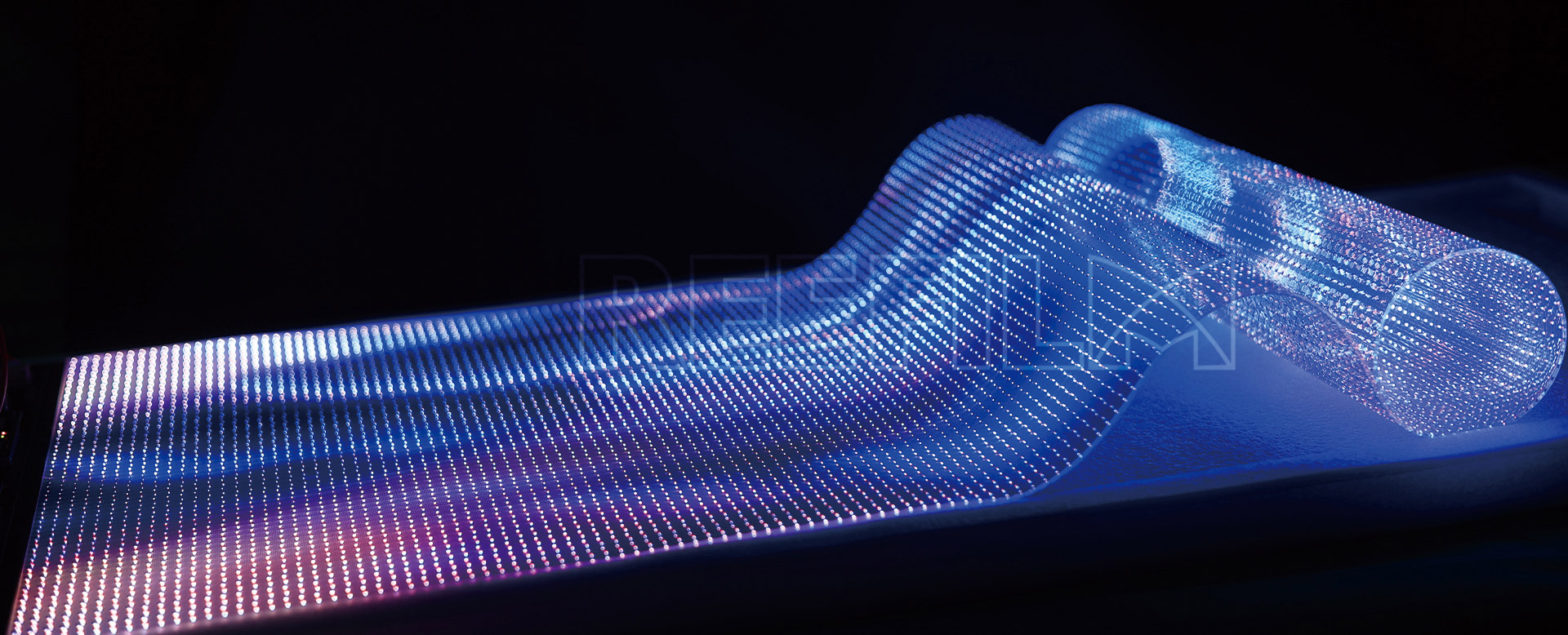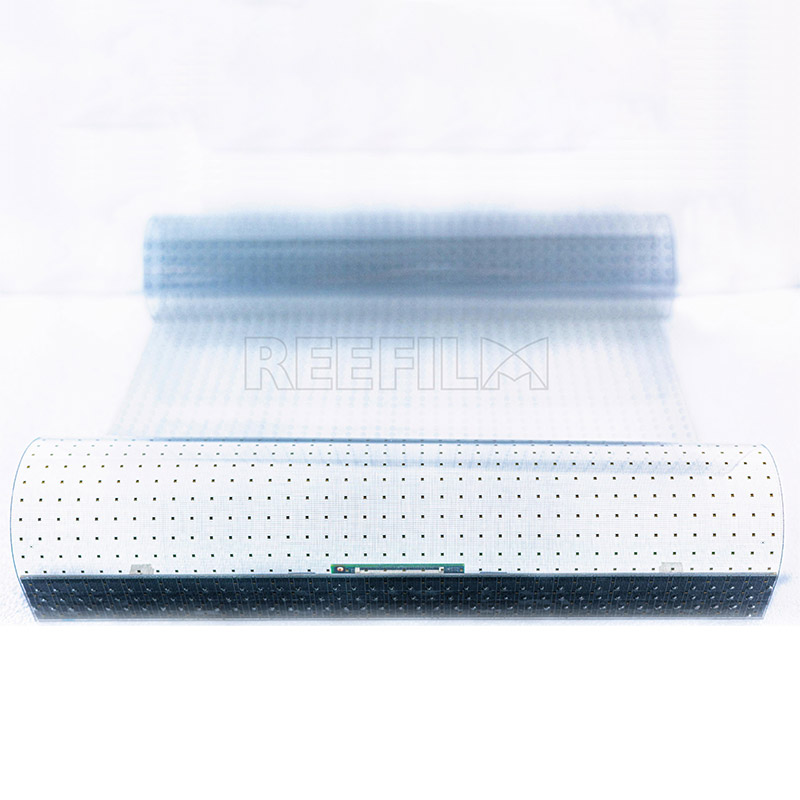
Thin Flexible Led Screens possess unique qualities that set them apart in the realm of display technology. These screens combine the benefits of being thin, lightweight, and flexible, opening up a myriad of possibilities for various applications. The key differentiators of thin Flexible LED Screens include:
Flexibility and Bendability: Unlike traditional rigid Led Displays, thin flexible LED screens can be bent and curved, enabling the creation of curved displays, cylindrical installations, and uniquely shaped screens. This flexibility allows for innovative and captivating designs that were previously unattainable with standard displays.
Lightweight Design: Thin flexible LED screens are significantly lighter than their rigid counterparts, making them easier to install and suitable for locations where weight restrictions are a concern. Their lightweight nature also contributes to reduced transportation costs and simplified installation processes.
Space Efficiency: The slim profile of thin flexible LED screens allows for efficient use of space. They can be mounted on surfaces that might not support bulkier displays, maximizing the potential for creative installations in constrained areas.
Seamless Integration: The flexible nature of these screens means they can seamlessly integrate into various architectural elements, from curved walls to irregular surfaces, blending technology with design in a harmonious way.
Enhanced Viewing Angles: Thin flexible LED screens often offer wider viewing angles, ensuring that the content remains clear and vibrant from various positions. This makes them suitable for applications where viewers might be moving around or viewing from different angles.
Transportability: Due to their lightweight and flexible construction, these screens are relatively easy to transport, making them ideal for temporary events, exhibitions, and pop-up installations.
Creative Possibilities: Thin flexible LED screens enable designers and creators to push the boundaries of visual expression. They can be integrated into fashion, architecture, art installations, and more, offering new ways to engage audiences.
Energy Efficiency: Many thin flexible LED screens utilize energy-efficient LED technology, contributing to reduced power consumption and environmental sustainability.
Durability: Despite their flexibility, these screens are designed to withstand wear and tear. They are often built with robust materials that ensure a longer lifespan, even in challenging environments.

In summary, the distinctive features of thin flexible LED screens lie in their adaptability, lightweight construction, creative potential, and seamless integration. These qualities open up new avenues for captivating visual displays across various industries and contexts.